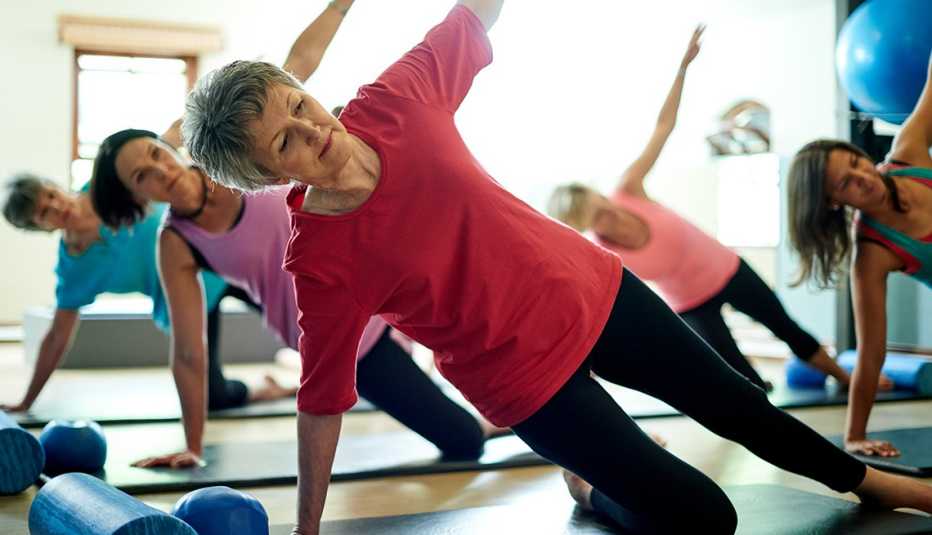Challenges


If you think of Pilates as exercise for your physical core — that prime stretch of real estate between your rib cage and your pelvis — you’re not wrong. But these popular workouts might also do some good for your mental core.
For the uninitiated, Pilates is a fitness program intended to build strength and flexibility, using a set of carefully controlled, precise movements developed by Joseph Pilates more than a century ago. The exercises can be done on a simple mat or specialized equipment, including the Reformer, a contraption that looks like a narrow bed equipped with springs, pulleys and a sliding base. Pilates first caught on with professional dancers but now is taught in gyms and studios for the masses.
It is telling that Pilates originally called his method “contrology,” says Marianne Adams, a professor of dance studies at Appalachian State University in Boone, N.C. “He aspired to the idea of attaining complete coordination of body, mind and spirit.”
While just a few studies have looked at the mental benefits of Pilates, Adams and other teachers and researchers say there are several ways it might be good for your brain and your state of mind.
1. Pilates promotes focus and mindfulness.
It is difficult to practice Pilates with a wandering mind. “In Pilates, we ask you to move one vertebra at a time,” and that requires attention and focus, says Anne Bishop, a longtime Pilates instructor in Petaluma, Calif., and the founder of an educational organization called Body Brain Connect.
Students are taught to notice sensations produced by each movement and to coordinate their movements and breathing. When movement, breath and attention all are in sync, that can create a meditative state, Bishop says.
In one small study by Adams and her colleagues, dance students who practiced Pilates scored higher on measures of mindfulness — such as the ability to act with awareness rather than on “automatic pilot” — than those who did not. Those increases in mindfulness were linked with lower stress, better mood and more confidence in tackling difficult tasks, according to the study, published in 2013 in the Journal of Dance and Somatic Practices.














More From Staying Sharp
Write a Better To-Do List
This simple tool can help you feel calm and productive
Finding Mental Benefits Through Archery
Discover how archery can improve focus, strength and cognitive health for adults over 50
Get Ready to Walk
Set yourself up for success